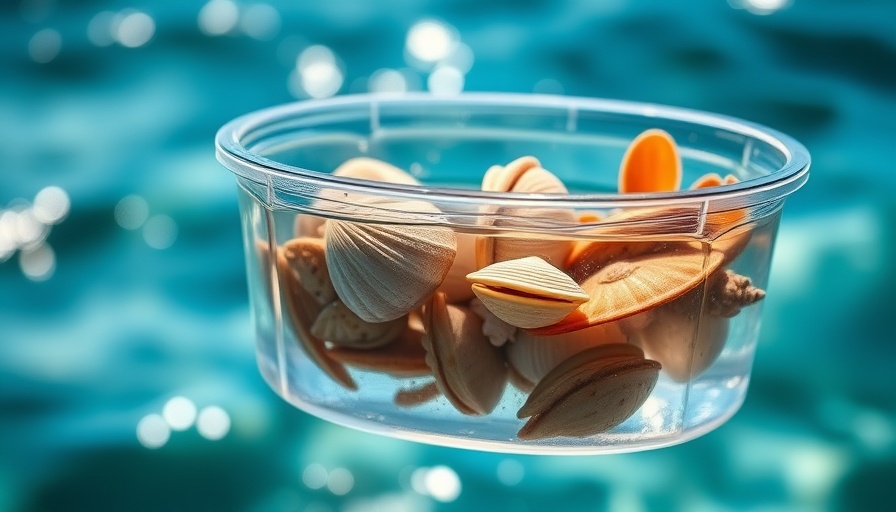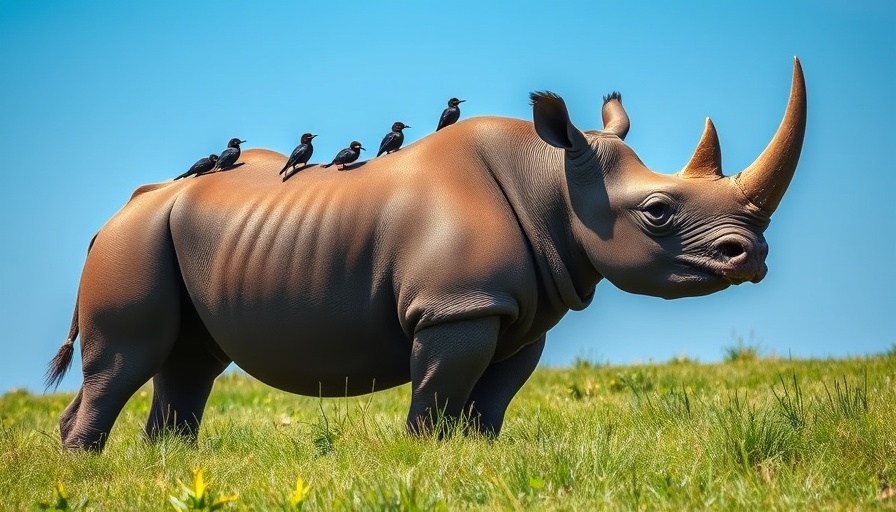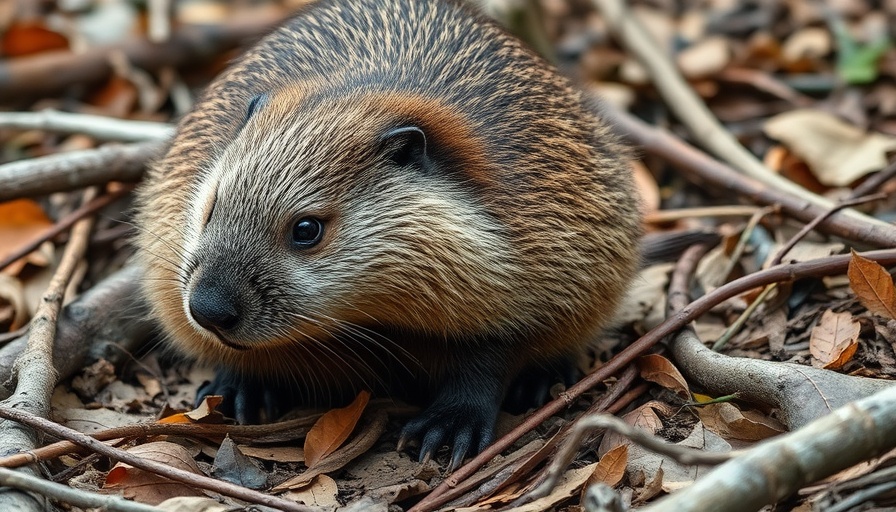
A Sustainable Harvesting Tradition in the Bijagós Archipelago
The Bijagós Archipelago, a tropical paradise nestled off the coast of Guinea-Bissau, is home to unique ecological practices that illuminate a path towards sustainable living. The art of shellfish harvesting in this region is not only a means of survival for local communities but also a testament to the harmony that can exist between human activity and natural ecosystems. In a study published by Wildlife Biology, researchers highlighted the benign impact of traditional shellfish harvesting methods on local bivalve species and migratory shorebirds.
A Closer Look at Shellfish Species
The two bivalve species identified, the razor clam (locally known as ‘lingron’) and the West African bloody cockle (‘combé’), play dual roles in the community – as food and elements of cultural significance. The careful harvesting practices employed by women and children ensure that the ecological balance is maintained. The findings indicate that the shellfish stocks are healthy, particularly in areas designated for formal protection, showcasing a model of management that could inspire similar practices globally.
Lessons for Sustainable Practices Worldwide
What sets the Bijagós method apart from other regions, such as the Wadden Sea and various temperate intertidal zones, is the absence of invasive harvesting techniques. Unlike places where mechanical dredging decimates local populations, the Bijagós maintains its biodiversity while supporting the livelihoods of its residents. This unique blend of cultural reverence and practical harvesting underscores the significance of respecting traditional ecological knowledge.
The Significance of Cultural Practices
Innovative approaches like those seen in the Bijagós can combat some of the negative effects of industrial fishing methods, which often prioritize profit over sustainability. Local management based on cultural beliefs not only protects the environment but also fosters a sense of community responsibility towards the natural resources. The Bijagós people demonstrate how maintaining cultural practices not only sustains their way of life but preserves vital ecosystems for future generations.
What This Means for Global Conservation Efforts
As the world grapples with the realities of climate change and biodiversity loss, the lessons gleaned from the Bijagós Archipelago are invaluable. They serve as a reminder that environmental stewardship does not have to come at the cost of human well-being. Instead, indigenous and traditional practices can offer blueprints for sustainable living that respects both nature and cultural heritage.
The future of shellfish harvesting in the Bijagós Archipelago is a reflection of an ecosystem thriving in balance alongside human cultures that care deeply for their environment. If communities around the world could adopt such models, the potential for sustainable fishing practices could vastly improve. Recognizing the intrinsic value of biodiversity and listening to those who live closest to the land may lead to solutions that address global environmental challenges.
 Add Row
Add Row  Add
Add 




Write A Comment